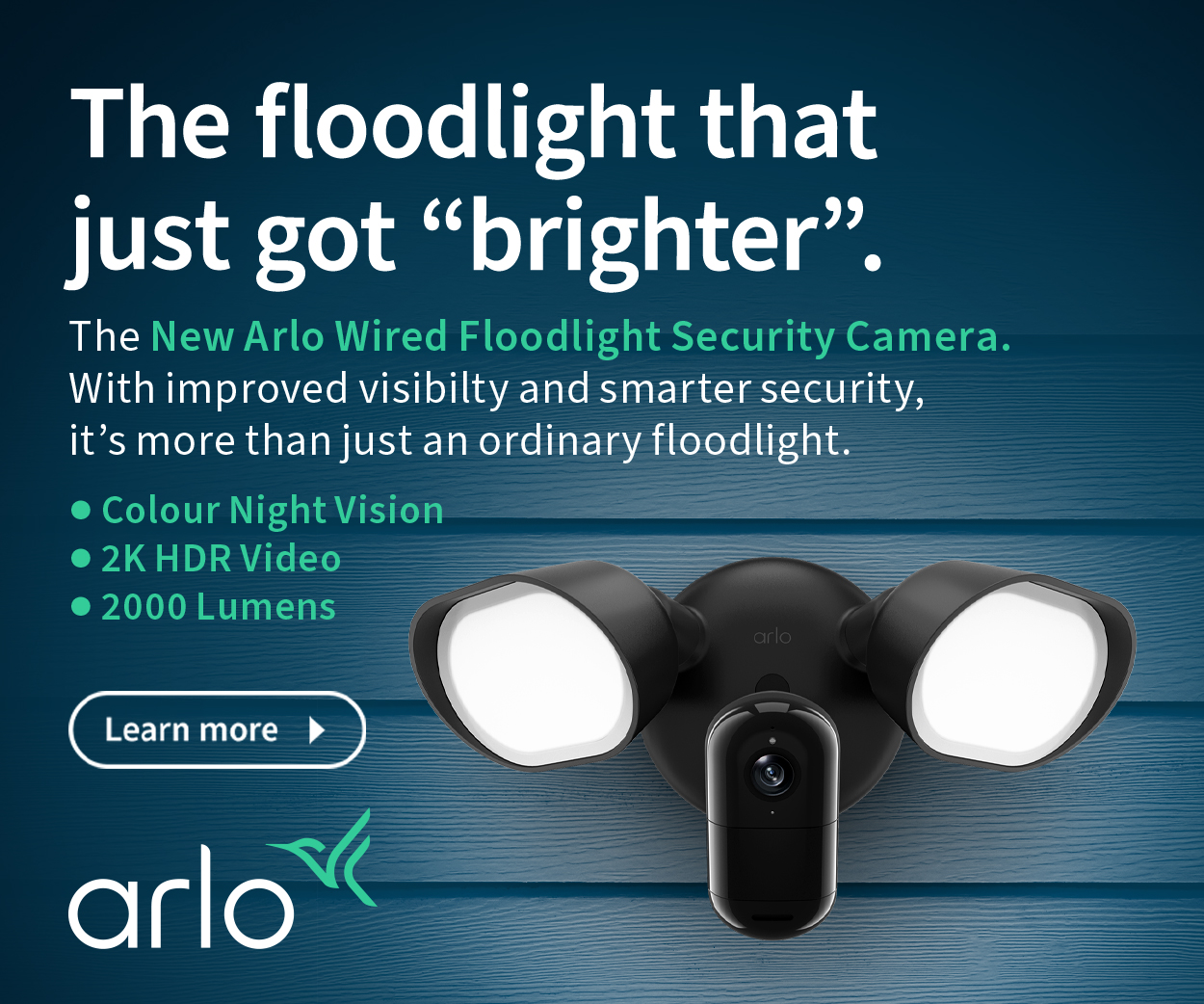Motorola Razr 40 – the economy flip version (smartphone review)
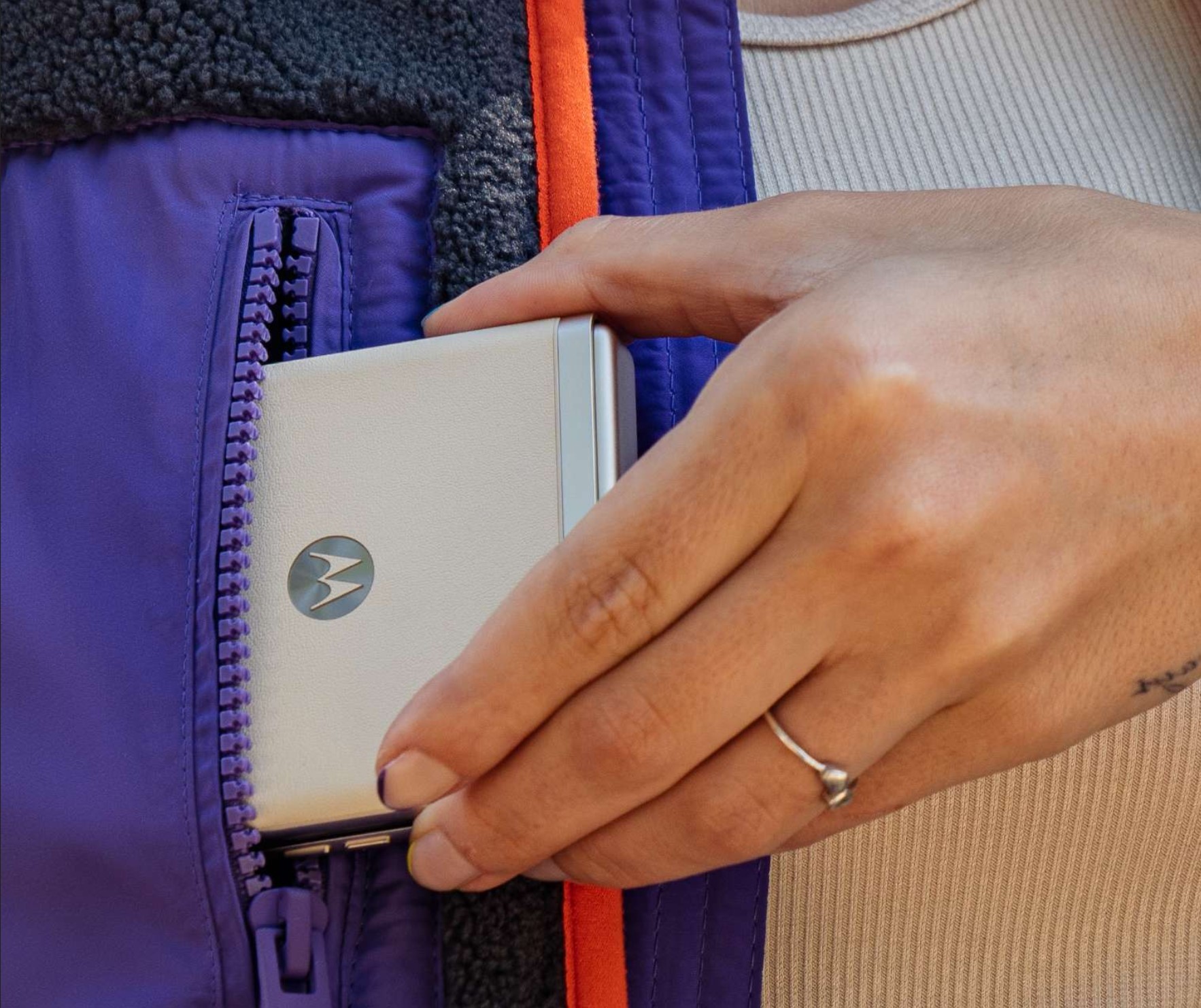
The Motorola Razr 40 is the economy version of the iconic Razr 40 Ultra flip. It has a smaller external screen and a slightly lower-powered processor, and in most other respects, suffers from no compromises.
Motorola may have hit on the right formula with this version. What is more important? The biggest external screen, or a Flip that looks and works well for $500 less. I have shown both Razr’s my consumer panel; they all prefer price over features.
Key Differences (Motorola Razr 40 to 40 Ultra)
- 144Hz internal screen (166Hz).
- 1.5” external screen (3.6”).
- SD7 Gen 1 (SD8+ Gen 1).
- 64MP camera binned to 16MP (12MP not binned).
- 4200mAh battery (3800) and both 30W chargers inbox.
I still have issues with the Flip format – be it the Samsung Galaxy Flip4 (and Flip5 on 26 July), OPPO’s Find N2 Flip or any of the older models. I need things that only a glass slab can provide – longer battery life; USB-C 3.2 Alt DP audio/video/data/charge; pro-level cameras; more SoC power; a harder screen; and an IP68 rating. If you don’t need that, Flip is for you.
Australian Review: Motorola Razr 40, 8/256GB dual sim/e-sim, Model XT2323-1
| Website | Product Page |
| Price | $1499 |
| Colours | Sage Green, Summer Lilac, Vanilla Cream – all vegan leather backs |
| From | Lenovo Online, Harvey Norman, Domayne, JB Hi-Fi, Officeworks * |
| Warranty | 24-months ACL |
| Made in | China |
| Company | Owned by Lenovo (Est 1984) – a multinational technology company with its primary operational headquarters in Beijing and Morrisville, North Carolina. It is the world’s largest PC maker, and it purchased Motorola Mobility from Google in 2014. Most of Lenovo’s smartphone business is now under the Motorola brand, with grand plans to become a ‘top five’ smartphone maker. |
| More | Other CyberShack Motorola news and reviews |
Deep-Dive review format
It is now in two parts – a summary (the first) and a separate 300+ line database-driven spec, including over 70 tests to back up the findings. It also helps us compare different phones and features.
We use Fail (below expectations), Pass (meets expectations) and Exceed (surpasses expectations or is the class leader) against many of the items below. We occasionally give a Pass(able) rating that is not as good as it should be and a Pass ‘+’ rating to show it is good but does not quite make it to Exceed. You can click on most images for an enlargement.
* Grey market – no Australian warranty, and 5G won’t work
We strongly advise you to buy a genuine model with Australian firmware. It is easy to identify the Australian version – under Settings, About Phone, and Regulatory Labels, there is an Australian R-NZ C-tick mark. There is also an R-NZ C-Tick on the box. They use unique Australian 5G sub-6Ghz and 5G low-band frequencies, requiring local activation first. Read Don’t Buy a grey market phone (guide).
First Impression – Pass+
I like the vanilla cream faux leather (See What is vegan leather seen on some smartphones?) and can only assume Motorola uses a fit-for-purpose grade.
As I am not a Flip User, the almost imperceptible internal screen crease and the fold-flat design catch my eye.
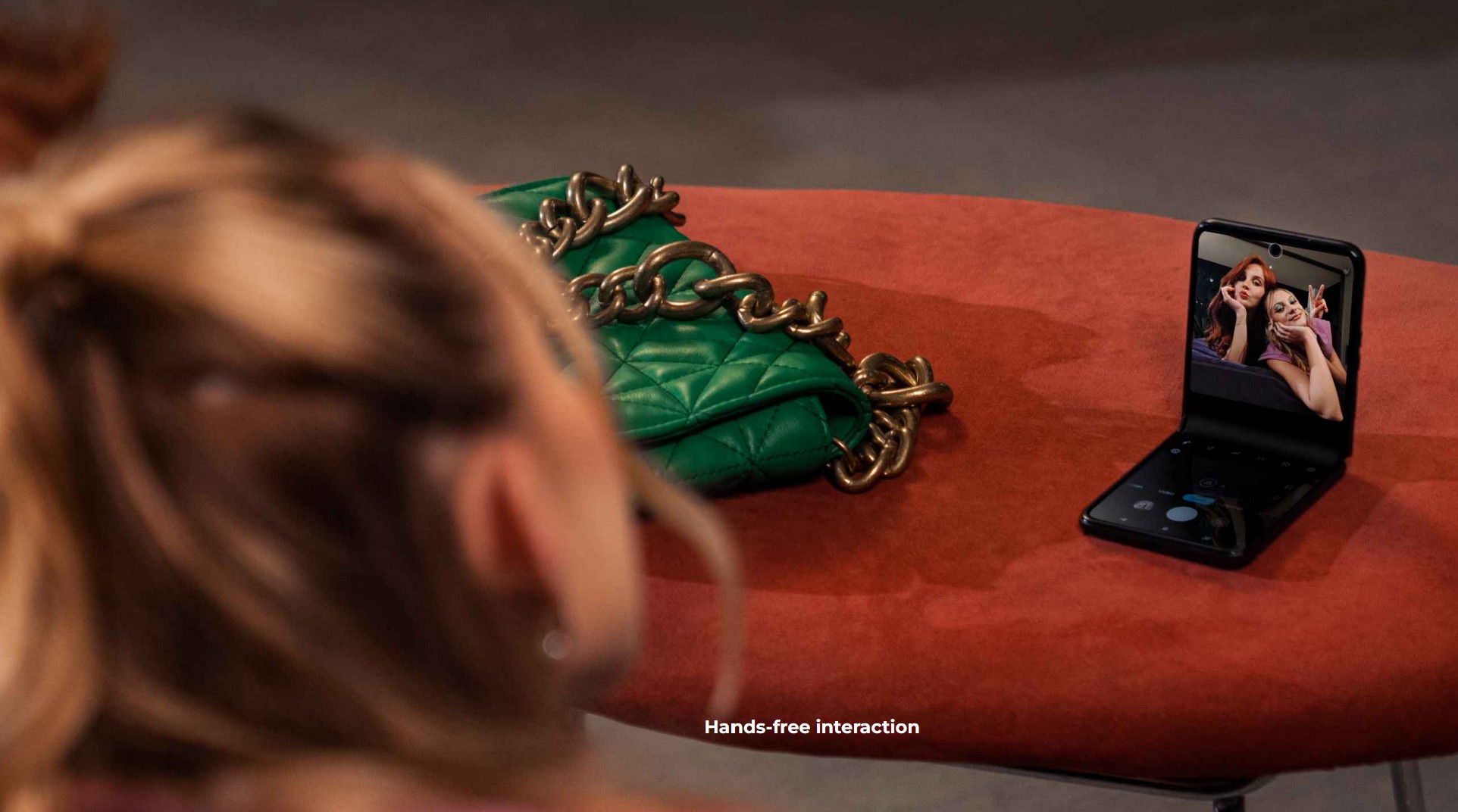

Internal Screen – Exceed
It is similar to the Razr – 10-bit/1.07B colours, 100%+ DCI-P3 gamut and 1400nits peak. Its maximum adaptive stepping refresh rate is 144z. For all intents, it is the same as the Ultra screen.
This means it has a Mohs hardness scale of about 2 (a fingernail is 2.5), which precludes enthusiastic gaming.
Pulse Width Modulation (PWM) was evident around 100Hz (flicker) and is most apparent at about 25% brightness. There is a flicker reduction switch, but we are unsure if or how it works.
Summary: It and the Motorola Razr 40 Ultra have the best internal screens.
External Screen – Pass+
The 1.5” external screen with Corning Gorilla Glass Victus protection is intuitive. It changes colour, has various clockfaces, swipe panels (recorder, calendar, contacts, media, timer, and weather) and more.
Summary: The 1.5” screen is surprisingly useful and offers a lower price point to get into a Flip.

Processor – SD7 Gen 1 – Pass+
The Qualcomm SD7 Gen 1 is its new breed of 4nm SoC replacing the similar performance 6nm Qualcomm SD788+ 5G.
It has the X62 modem (Qualcomm modems have the strongest phone reception strength of all brands) and plenty of AI Power to post-process photos and videos.
Like the Motorola Razr 40 Ultra, it only has a USB-C 2.0 480Mbps port, which means slow but mountable external storage but no USB-C to HDMI Alt DP 1.4 audio/video streams to a monitor.
Throttling – Pass
It throttles 22% over 15 minutes, which is fine for the device’s intended use. The Motorola Razr 40 Ultra performance (SD8+ Gen 1) is 354,135 GIPS and this at 272,924 GIPS.
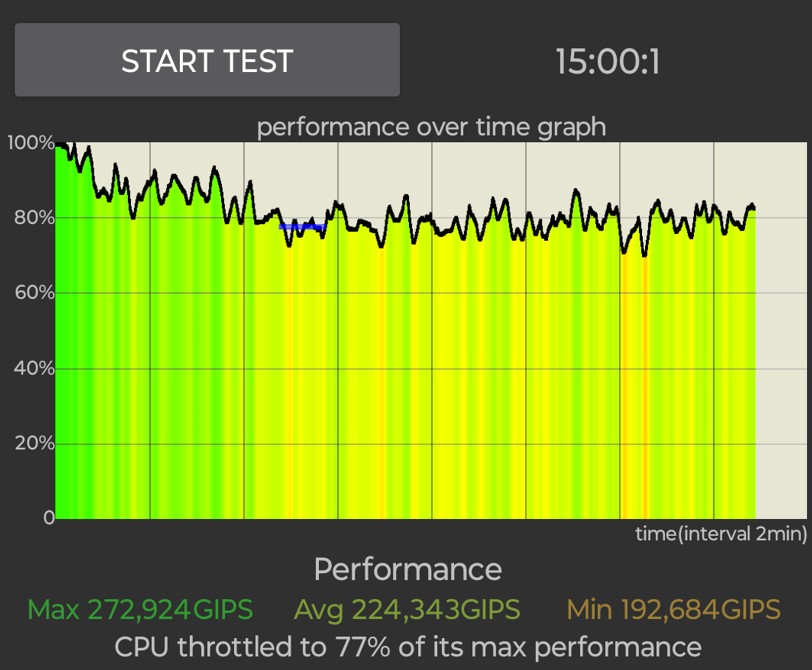
Ready For – Motorola’s screen mirror and Android desktop – Fail and Pass
Motorola Ready For is great. It is like Samsung DeX (Desktop Experience) and allows you to cast your phone screen (mirror) and use it as a mouse/trackpad, webcam, and Android desktop. It is a real benefit for road warriors.
It fails because the USB-C 2.0 interface does not support audio/video streams (Alt DP found in USB-C 3.1 like the Razr 2022) over a USB-C to HDMI cable. That means you cannot cable connect to a dumb monitor or TV.
It is a Pass because it will connect over Wi-Fi to a Windows (Ready For App needs to be installed) or a TV that BOTH has Miracast and is connected to the same home network Wi-Fi (not via Ethernet).
The problems include:
- Some TVs do not have Miracast.
- Many new Android TVs only support Google Chromecast.
- If the Wi-Fi signal is weak, mirrored content can be choppy.
Comms – Pass+
Wi-Fi 6E AXE works well if you have a 6E router. It has a powerful signal achieving 2401Mbps full-duplex (maximum) near the router and 2161Mbps out to 10m. If you have a Wi-Fi 5 or 6 router, it is equally strong on 5Ghz achieving 866Mbps (maximum) and 1200Mbps, respectively.
We have already bemoaned the choice of USB-C 2.0. It will likely not impact most users besides cabled Ready For and external SSD data transfer rates.
Bluetooth is 5.3 and supports SBC, AAC, apt X, aptX HD, aptX TWS, aptX Adaptive, LDAC, LHDCV1, LHDCV2 and LHDCV3 at up to 24-bit/96000Hz – perfect.
Dual Band GPS has an accuracy of <3m, which is excellent for fast in-car navigation.
4/5G – Pass+
It almost rated Exceed with ten antennas, but the maximum signal strength was slightly below the best performers. It gets a City, suburbs and regional city use tick – it may not quite have the legs for remote use. It covers all Australian (and most overseas) 4G and 5G sub 6Ghz bands – a world phone.
I like the dual ring tones (one each for the SIM and e-SIM). Calls are clear and loud.
Our review unit had a dual sim carrier but also seemed to support eSIM – let’s assume so.
Battery – Pass+
It has a 4200mAh battery – larger than the Motorola Razr 40 Ultra at 3800mAh. It comes with a 33W charger and, oddly, a USB-A to USB-C 3W cable. It typically charges at 9V/3A/27W to start and then drops to 9V/2A/18W.
It also supports 5W Qi wireless charge 5V/1A/5W), and while slower than 10 to 15W Qi, it does a safe job in 5 hours (overnight).
Battery Tests (Motorola Razr 40 Ultra in brackets)
- Video Loop (50% brightness/sound/aeroplane mode): 19 hours 58 minutes (24 hours – spectacular).
- PC Mark 3.0 Office use battery test: 14 hours 24 minutes (14 hours 7 minutes).
- Accubattery: 18 hours 12 minutes (17 hours 38 minutes)
- GFX Bench Manhattan (game): Would not run
- GFX T-Rex (game): 319.4 minutes (5.32 hours) and 6197 frames (268.3 minutes (4.47 hours) and 6717 frames).
- Charge 33W:58 minutes (1 hour 4 minutes)
- Qi charge: about 5 hours (same)
- Drain 100% load: 3 hours 6 minutes (4 hours)
- Drain screen on idle: 300-350mAS (250-300mA)
- Drain 100%: 2000mA *1100-1500mA)
Typical users will make it easily through a 24-hour day or more. Heavy users will need to recharge daily, but at 58 minutes and QI charge, who cares?
Sound – Dolby Atmos downmix to two speakers – Pass
It has a forward/up-firing earpiece and a bottom-down-firing speaker. It uses the Dolby Atmos EQ (most will leave it in smart mode).
The maximum volume is 82dB, and the earpiece is louder than the average.
But it still has the odd sound signature of the Razr 2022. It is mostly Bright Vocal (bass recessed, mid/treble boosted) – for voice but meh for music.
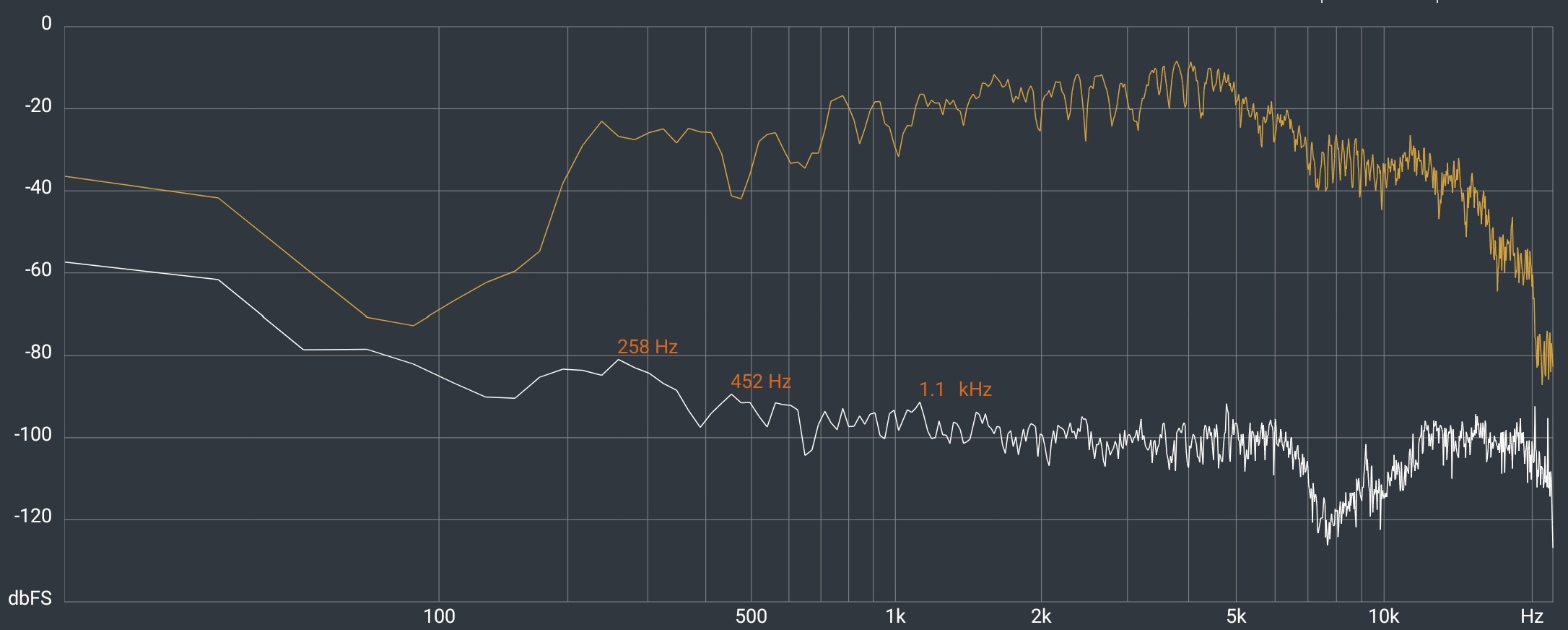
The sound stage has a bias to the bottom speaker. It is only as wide as the phone. DA content does not widen the sound stage but adds some middle screen height. Left and right separation is adequate.
I can understand this signature as the phone can be used in landscape, portrait, L-Shape etc.
Build – Pass+
This is a very well-made device. Alloy 7000 frame, stainless steel hinge, no gap, minimal crease, Gorilla Glass Victus front and Vegan leather back. The colours are Sage Green, Summer Lilac and Vanilla Cream.
What is vegan leather? It’s a fancy, woke name for polyurethane, a polymer that can be made to look and feel like faux leather (pLeather or PU and PVC). Its durability is generally less than genuine leather – two to five years – and its porous surface can attract and absorb grease and dust more easily. You can gently clean it with mild soap and water. Regardless we recommend a clear protective case.
Size-wise, it is Open: 73.95 x 170.82 x 7.35mm and Closed: 73.95 x 88.24 x 15.8mm. It is very pocketable and lighter than the Razr 2022 and Samsung Flip4.
Warranty is 24 months ACL and will receive three major Android OS upgrades and four years of bi-monthly security updates (2+3+4). It is not quite as generous as Samsung’s 2+4+4.
OS – Android 13 – Pass+
Motorola uses pure Android overlaid with its My UX, which adds considerable value to Android. A list of these is in the Android segment of the table at the end. It also means it is clean apart from Facebook, TikTok and Bookings.com (all uninstallable).
Security is via a fingerprint sensor on the power button, and it supports 2D face recognition. Moto KeySafe (not tested) makes this a safe Android phone.
Missing – not much
- USB-C 3.1 Gen 1 – we have said enough about that. It is only a deal breaker if you need it for external flash/SSD and cabled Ready For screen mirror.
- 3.5mm port – use BT for a much better experience
- Micro-SD – not expected, but USB-C 3.1 would have been nice
Motorola Razr 40 camera
It has a 64MP Omnivision OV64B (binned to 16MP) primary sensor. Binning uses AI to take a bracket of images and combine them to give a better-finished shot. It uses Type‑2, 2×2 microlens phase detection autofocus (ML‑PDAF) to boost low-light accuracy. It also has Laser Autofocus for depth information to about three metres.
A 13MP Hynix HI336 sensor is for Ultra-wide and macro, and a 32MP (bins to 8MP) Omnivision OV32C40 selfie (same as Motorola Razr 40 Ultra).
In all a respectable setup. The Motorola Razr 40 Ultra takes slightly better images and video due to its SD8+ Gen 1 processor and more AI power which well compensates for its 12MP primary sensor.


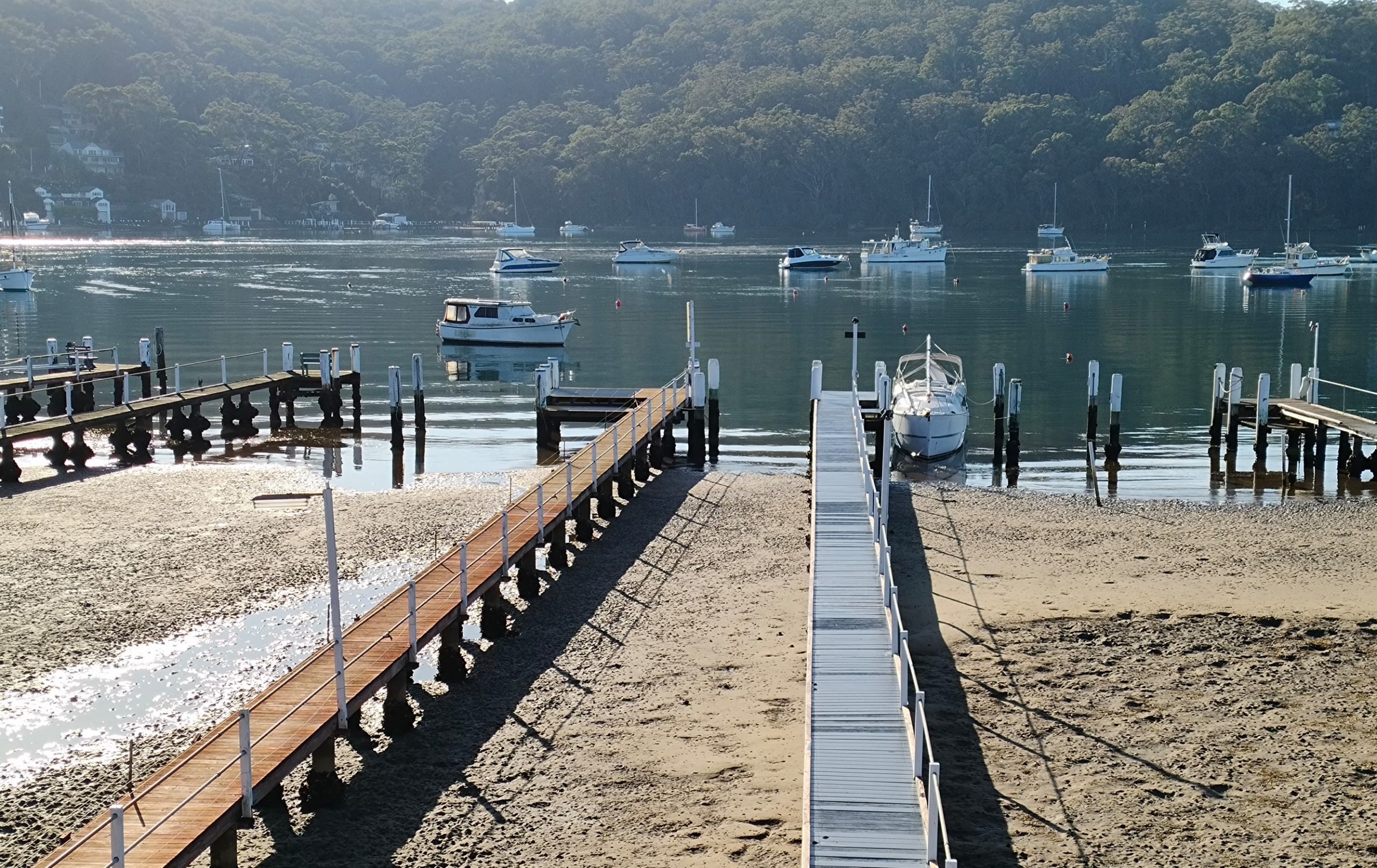
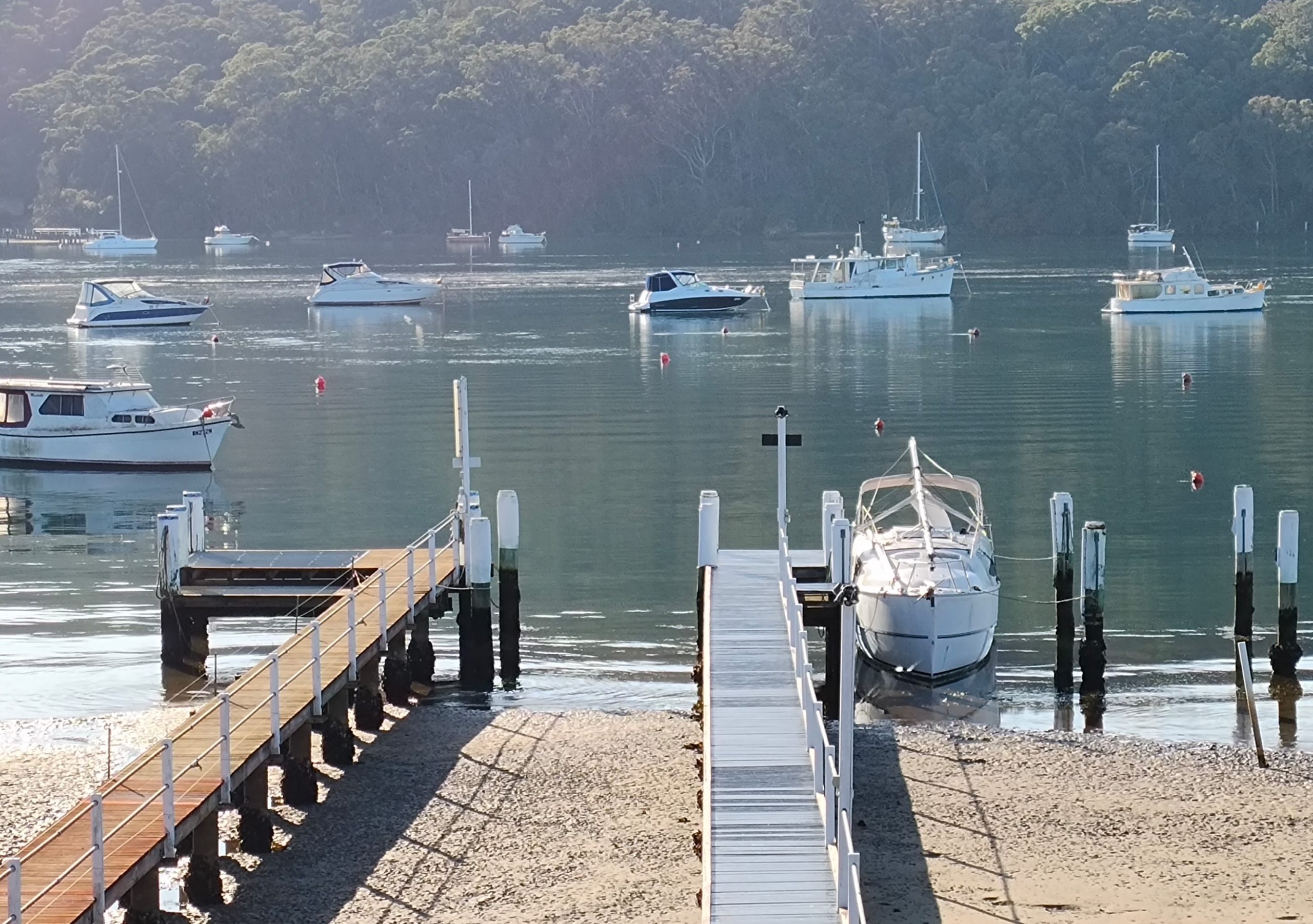




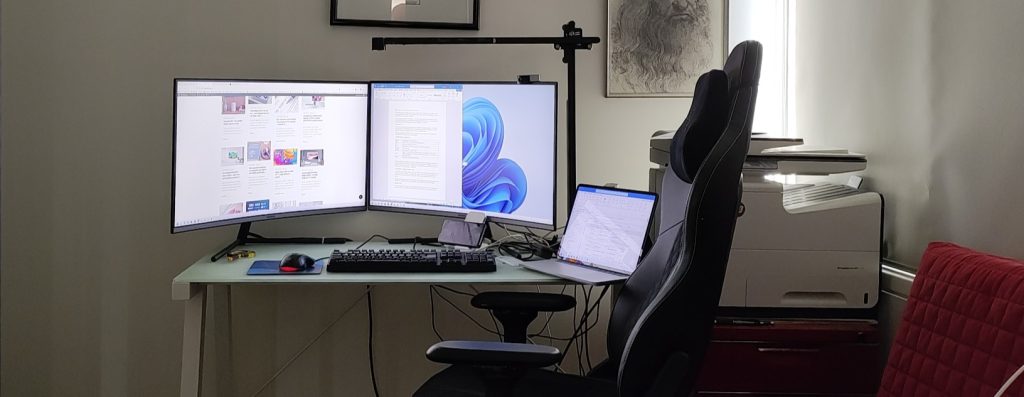
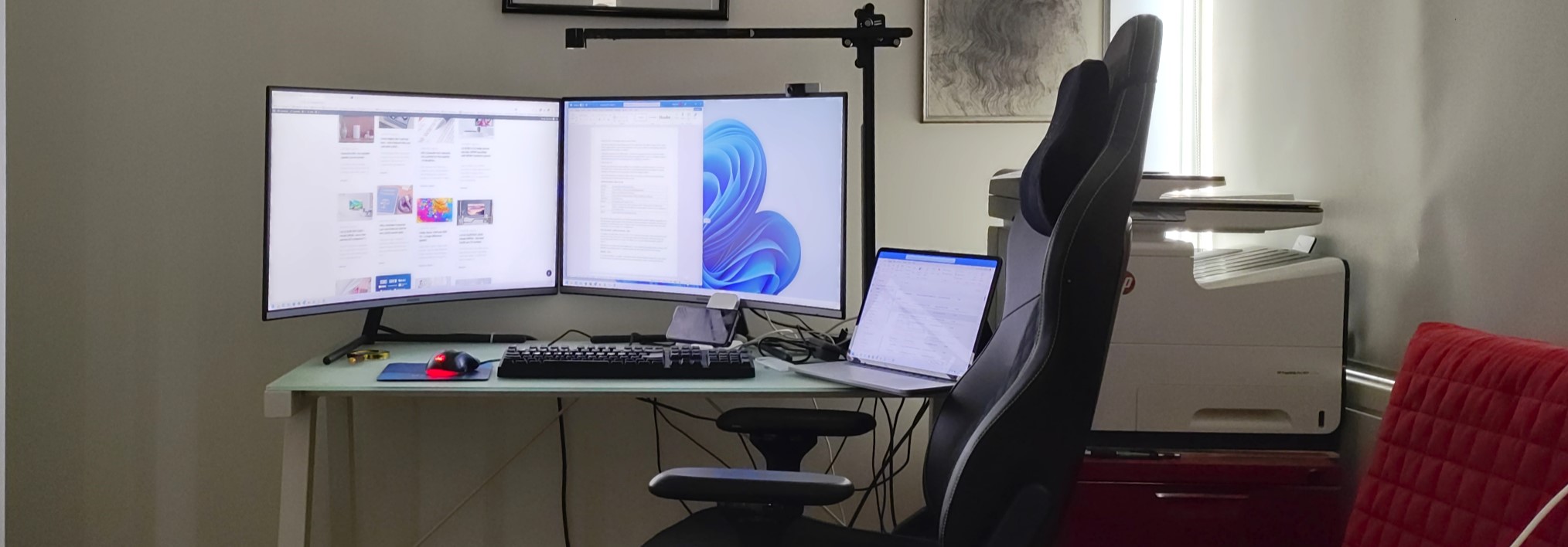
Photo results
This is a point-and-shoot camera that will produce decent daylight and low-light shots. It won’t win awards and is not a flagship camera. The only issue I have is that the 8X digital zoom is limiting. Note the photos were taken at 9 AM on a very bright but hazy day.
- 1X Day Primary sensor: the colours are excellent with good dynamic range. Good details in the background, shadows, and highlights.
- 2X Day Primary sensor: natural colours and good detail
- 4X Day Primary Sensor:
- 8X Day: Primary sensor: Pushing its limits with a noisy background – still pretty good
- Ultra-wide: 13MP sensor: Slightly muted colour and details. You can tell it is a different sensor from the primary.
- Macro 13MP UW sensor: excellent details and colours and not as critical about 4cm focus distance.
- Indoor office light: Excellent colours, details, and sharpness.
- Bokeh Depth: Excellent foreground colour, detail, sharpness, and bokeh background.
- Dark <40 lumens: The standard mode (not night mode) is quite decent.
- Night mode: Blows out the screen detail.
- Selfie: The 32MP (bins to 8MP) has natural skin tones, good detail, and a range of filters to enhance any image.
Video 4K@30fps with OIS and EIS (we are not video experts):
- Primary sensor: You can shoot at 4K@30fps, and the day/office light results are very good.
- Ultrawide sensor: You can shoot 4K@30fps without OIS and 1080p@60/30fps with EIS.
- Selfie: 4K@30fps but 1080p@60fps with EIS.
Remember that you buy this as a Flip – not a camera phone.
CyberShack’s view – Motorola Razr 40 is cheaper with few compromises
The 1.5″ screen is surprisingly useful; the internal screen is superb; it has decent battery life; a competent point-and-shoot camera; and great 2+3+4 warranty/OS/security upgrades. Those who want a value Flip with few compromises should look at this.
Competition
It occupies the lowest cost price-point – $500 below the Razr 40 Ultra. It has the latest tech, so it beats black slabs (on runout) like the:
- $999 Samsung S21+5G 2021
- $949 Samsung S21 FE 5G 2022 128GB
- $929 Google Pixel 7 5G 2022 256GB ($200 off RRP)
- $899 Motorola Edge 30 Pro 5G 2022 128GB
- $849 Samsung S22 5G 128GB
With the Samsung Flip4 2022 now on runout at $1849/1099 for the 512GB version ($999 for the 128GB), you might be tempted, but frankly, the runout Motorola Razr 2022 runout at $1499/799 is the strongest competitor and an excellent Flip.
Read
- Motorola Razr 2022 – A full-featured Fab Flip for percipient people
- Motorola Razr 40 Ultra 2023 – it is finally flipping right
- OPPO Find N2 Flip – its flipping good
- Samsung Galaxy Z Flip4 5G
Rating
- Features: 85 – no significant compromises to the Razr 40 Ultra except the smaller external screen.
- Value: 95 – Excellent value for 2023 tech.
- Performance: 90 – It has heaps of power for typical users, good strong phone signal strength and decent battery life.
- Ease of Use: 90 – 2+3+4 warranty/OS/security patch and excellent My UX overlay adds useful features to pure Android.
- Design: 95 – Well designed, new hinge, no perceptible visible crease and comes with a bumper cover.
Final Comment: Moto may have just hit the sweet spot for people that want the Flip format but don’t have deep pockets.
CyberShack Smartphone comparison v 1.7 (E&OE)
Motorola Razr 40
| Brand | Motorola |
| Model | Motorola Razr 40 |
| Model Number | XT2323-1 |
| Price Base | 8/256GB |
| Price base | 999 |
| Warranty months | 24 months |
| Tier | Economy Flip |
| Website | Product page |
| From | Motorola online, JB Hi-Fi, Harvey Norman, Domayne |
| Country of Origin | China |
| Company | Owned by Lenovo (Est 1984) – a multinational technology company with its primary operational headquarters in Beijing and Morrisville, North Carolina. It is the world’s largest PC maker. It purchased Motorola Mobility from Google in 2014. Most of Lenovo’s smartphone business is now under the Motorola brand, with grand plans to become a ‘top five’ smartphone maker. |
| More | |
| Test date | 18-25 July |
| Ambient temp | 5-20° |
| Release | 45108 |
| Other models not for Australia (Don’t buy) | Motorola makes models for various markets that are not for Australian Telco networks nor carry Australian warranty. |
Screen
| Screen | Internal/External stats |
| Size | 6.9/1.5″ |
| Type | Foldable LTPO AMOLED/AMOLED |
| Flat, Curve, 2D, 3D | Flat |
| Resolution | 2640×1080/368×194 |
| PPI | 413/282 |
| Ratio | 22:9/2:1 |
| Screen to Body % | 85.5% |
| Colours bits | 10-bit 1.07B colours/8-bit 16.7M colours |
| Refresh Hz, adaptive | 144/60 Adaptive steps from 24/30/60/90/120/144Hz |
| Response 120Hz | Touch Rate 240 or 360 in Games Mode |
| Nit typical test | Not claimed – tested 956 |
| Nits max, test | 1400/1000 (not tested) |
| Contrast | Infinite |
| sRGB | Not specified (100%+) |
| DCI-P3 | Not specified (114% of 1.07B colours) |
| Rec.2020 or other | Not specified |
| Delta E (<4 is excellent) | 2.6 |
| HDR Level | Capable of HDR10+ playback scaled to screen capability/Not specified |
| SDR Upscale | No |
| Blue Light control | Yes |
| PWM if known | 100Hz |
| Daylight readable | Yes |
| Always on Display | Yes – Uses external screen. |
| Edge display | No |
| Accessibility | All Android 13 features |
| DRM | L1 for FHD HDR playback |
| Gaming | Not recommended for games use as it is too easy to damage the screen. |
| Screen protection | Internal pre-applied film screen protector/external is Gorilla Glass Victus. |
| Comment | Excellent 10-bit, 1.07 billion colour screen with greater subtleties in colour than Samsung Z4 Flip. It has almost eliminated the centre fold crease that is so pronounced on the Samsung Flip. The external screen is where money is shaved and is mainly for notifications. |
Processor
| Brand, Model | Qualcomm SD7 Gen 1 |
| nm | 4 |
| Cores | Eight-core 1×2.4GHz + 3×2.36GHz + 4×1.8GHz |
| Modem | X62 |
| AI TOPS | >20 |
| Geekbench 6 Single-core | 1065 |
| Geekbench 6 multi-core | 3020 |
| Like | The new processor is about 30% slower than SD8+ Gen 1 in Razr 40 Ultra. |
| GPU | Adreno 644 |
| GPU Test | |
| Open CL | 2464 (Lower than expected), so retested three times) |
| Like | These are closer to the SD788+. |
| Vulcan | 2719 (ditto) |
| RAM, type | 8GB LPDDR4X (not the fastest) |
| Storage, free, type | 256GB UFS 2.2 (slower) 214GB free |
| micro-SD | No |
| CPDT internal seq. Read MBps | 763 |
| CPDT internal seq. write MBps | 430 |
| CPDT microSD read, write MBps | N/A |
| CPDT external (mountable?) MBps | 35/30 mountable but reflects the slow USB-C 2.0 480Mbps interface. |
| Comment | I had higher hopes for the SD7 Gen 1, but it is similar to the 2022 SD788+. In fact, it has slower GPU performance and slightly better battery management. |
| Throttle test | |
| Max GIPS | 272924 |
| Average GIPS | 224343 |
| Minimum GIPS | 192684 |
| % Throttle | 0.22 |
| CPU Temp | 50° |
| Comment | This is a new SoC, and we don’t have any benchmarks. |
Comms
| Wi-Fi Type, model | Wi-Fi 6E AXE |
| Test 2m -dBm, Mbps | 6GHz-28/2401 |
| Test 5m | -43/2161 |
| Test 10m | -49/2161 (15M -59/960) |
| BT Type | 5.3 |
| GPS single, dual | Dual <3m accuracy |
| USB type | USB-C 2.0 480Mbps – no display port audio/video data stream support |
| ALT DP, DeX, Ready For | Only over Miracast |
| NFC | Yes |
| Ultra-wideband | No |
| Sensors | |
| Accelerometer | Yes combo |
| Gyro | Yes combo |
| e-Compass | Yes |
| Barometer | |
| Gravity | |
| Pedometer | |
| Ambient light | Yes |
| Hall sensor | Yes |
| Proximity | Yes |
| Other | Ultra-Sonic sensor (kind of proximity) |
| Comment | Excellent Wi-Fi 6E speeds. It should have been USB-C 3.2 BT supports all significant codecs. GPS <3m |
LTE and 5G
| SIM | The review unit has Dual Sim and e-SIM, but only two can be active. |
| Active | Both are 5G capable and active except when one is in use. |
| Ring tone single, dual | Dual ring tones – excellent |
| VoLTE | Carrier dependent |
| Wi-Fi calling | Carrier dependent |
| 4G Bands | B1/2/3/4/5/7/8/12/13/17/18/19/20/25/26/28/32 /38/39/40/41/42/43/48/66 |
| Comment | All Australian and most world bands |
| 5G sub-6Ghz | N1/2/3/5/7/8/20/26/28/38/40/41/66/77/78 |
| Comment | All Australian 5G sub-6 and low bands |
| mmWave | No |
| Test Boost Mobile, Telstra | |
| UL, DL, ms | 66/33/26ms – excellent |
| Tower 1 -dBm, fW or pW | -87/2-3pW |
| Tower 2 | -90/1-2pW |
| Tower 3 | -94/200-500fW |
| Tower 4 | 97/<100fW |
| Comment | It has ten antennae and excellent signal strength, although slightly below the best performers. Definite tick for city, suburbs and regional use, but remote use may be limited. |
Battery
| mAh | 4200mAH 30W charge |
| Charger, type, supplied | 33W USB-A to USB-C 5V/3A/15W, 9V/3A/27W, 12V/2.25A/27W, 11V/3A/33W Typically charges at up to 9V/3A/27W. USB-A to USB-C 3A cable provided. |
| PD, QC level | PD 3.0 |
| Qi, wattage | 5W but seems to charge at 8W on a 15W pad. |
| Reverse Qi or cable | N/A |
| Test (60Hz or adaptive screen) | Adaptive mode screen |
| Charge % 30mins | |
| Charge 0-100% | 58 minutes |
| Charge Qi, W Using Belkin Boost Charge 15W fast wireless charge | Approx 5 hours |
| Charge 5V, 2A | N/A |
| Video loop 50%, aeroplane | 19 hours 58 minutes |
| PC Mark 3 battery | 14 hours 24 minutes Accubattery 18 hours 12 minutes |
| GFX Bench Manhattan battery | Would not run |
| GFX Bench T-Rex | 319.4 minutes (5.32 hours) 6197 frames |
| Drain 100-0% full load screen on | 3 hours 6 minutes |
| mA full load | 2000mA |
| mA Watt idle Screen on | 300-350mA |
| Estimate loss at max refresh | Tested on adaptive |
| Estimate typical use | Motorola advertises over 30 hours. All battery life claims are approximate and based on the median user tested across a mixed-use profile (which includes both usage and standby time) under optimal network conditions. Actual battery performance will vary and depends on many factors, including signal strength, network and device settings, temperature, battery condition, and usage patterns. |
| Comment | At 3 hours for 100% load/drain, this phone is not for heavy users. Its video loop is 4 hours less than the Razr 40 Ultra, and it draws more power at Idle and under load. Typical users will get a day, but heavy users will have to recharge more frequently but at <1 hour for a charge, who cares? |
Sound
| Sound | Tested DA Smart Audio and Spatial Sound enabled |
| Speakers | Top forward, up-firing and bottom down-firing stereo. |
| Tuning | DA |
| AMP | Qualcomm |
| Dolby Atmos decode | Yes to 2.0 |
| Hi-Res | Up to 24-bit/96000kHz (Razr 2022 supported 192kHz) |
| 3.5mm | No |
| BT Codecs | SBC, AAC, aptX, aptX HD, aptX Adaptive, LDAC, LHDCV1, LHDCV2, LHCDCV3 |
| Multipoint | Can connect to two devices |
| Dolby Atmos (DA) | Decode to 2.0 |
| EQ | Yes – auto, movie, music, voice and games mode |
| Mics | Three mics with noise cancelling |
| Test dB – all on EQ flat DA off | |
| Volume max | 82 |
| Media (music) | 73 |
| Ring | 80 |
| Alarm | 80 |
| Notifications | 67 |
| Earpiece | 55 |
| Hands-free | Three mics handle noise reduction well, and the volume is good. |
| BT headphones | Excellent left-right separation and DA makes quite a difference with DA content. |
Sound quality
| Deep Bass 20-40Hz | Nil |
| Middle Bass 40-100Hz | Nil |
| High Bass 100-200Hz | Nil, then a steep climb from 180 to 200Hz |
| Low Mid 200-400Hz | Choppy build – never flattens. |
| Mid 4000-1000Hz | Choppy build – never flattens. |
| High-Mid 1-2kHz | Flattish but choppy |
| Low Treble 2-4kHz | Flattish but choppy |
| Mid Treble 4-6kHz | Flattish but choppy |
| High Treble 6-10kHz | Steep decline to 20kHz |
| Dog Whistle 10-20kHz | Steep decline to 20kHz |
| Sound Signature type | It is mostly Bright Vocal (bass recessed, mid/treble boosted) but its lack of any bass, choppy mids and treble make it harsh and hollow for music. It is OK for clear voice. |
| Soundstage | Bias to the bottom speaker. Only as wide as the phone and DA settings don’t add any wider sound stage. Left and right separation is adequate. |
| Comment | I understand why the sound signature is as it is – to allow the phone to be used in different modes – landscape, portrait and L-Shaped. It is similar to the Razr 2022 – identical, perhaps. |
Build
| Size (H X W x D) | Open: 73.95 x 170.82 x 7.35mm Closed: 73.95 x 88.24 x 15.8mm |
| Weight grams | 188.6g |
| Front glass | Gorilla Glass Victus (External Display) |
| Rear material | All colours are Vegan Leather. |
| Frame | 7000 series aluminium |
| IP rating | 52 – light rain and possibly the only significant compromise for this otherwise excellent device. |
| Colours | Sage Green Summer Lilac Vanilla Cream |
| Pen, Stylus support | No |
| In the box | |
| Charger | 33W |
| USB cable | USB-A to USB-C 3A cable |
| Buds | No |
| Bumper cover | Yes – two piece clear |
| Comment | Has a charger in the box (Samsung does not) and clear bumper covers. Well made. |
OS
| Android | 13 – Almost Pure Android |
| Security patch date | June 2023 |
| UI | Personalise: Themes, Fonts, Colours, Icon shape, Display size and text, Layout, Peek display, Sounds, Dark mode, External displayGestures: Quick launch, Sidebar, Quick Capture, Fast flashlight, Three-finger screenshot, Lift to unlock, Flip for DND, Pick up to silence, Swipe to split Moto Secure: Secure folder, Network protection, Lock screen security, PIN pad scramble, Privacy dashboard, Security, Permission manager, Privacy controls Display: Peek display, Attentive display Play: Games, Dolby Atmos, Media controls, Video call effects, Live preview Razr Tips: Take a tour, What’s new in Android 13, Getting Started, Shortcuts, Calls, Camera, Apps & Transitions |
| OS upgrade policy | Three upgrades |
| Security patch policy | Regular security patches for at least four years |
| Bloatware | Pure Android – all Google Apps. You can uninstall Facebook. |
| Other | |
| Comment | My UX 3.0 adds both a light touch and value to pure Android. |
| Security | |
| Fingerprint sensor location, type | On the power button – 100% accuracy |
| Face ID | Yes 2D only |
| Other | Lenovo ThinkShield is more for enterprise use. |
| Comment | Moto KeySafe is physically separate from the central processor running Android, adding a layer of hardware security to ensure your most sensitive data stays safe. It isolates PINs, passwords, and cryptographic keys, storing them in a tamper-resistant environment. |
Rear Camera – Motorola Razr 40
| Rear Primary | Primary |
| MP | 64MP bins to 16MP |
| Sensor | OmniVision OV64B |
| Focus | Type‑2, 2×2 microlens phase detection autofocus (ML‑PDAF). Laser Autofocus for depth to 3 metres and Ambient Light sensor. |
| f-stop | 1.7 |
| um | .7 bins to 1.4 |
| FOV° (stated, actual) | 81° |
| Stabilisation | OIS |
| Zoom | 8X digital |
| Rear 2 | Ultra-wide and Macro |
| MP | 13MP |
| Sensor | Hynix HI336 |
| Focus | AF/Fixed Macro |
| f-stop | 2.2 |
| um | 1.12 |
| FOV (stated, actual) | 120 (108) |
| Stabilisation | No |
| Zoom | No |
| Video max | 4K@30fps |
| Flash | Yes |
| Auto-HDR | Yes |
| Main Burst Shot, Auto Smile Capture11, Spot Colour, Smart Composition, Active Photos, Dual Capture, Live Filter, Portrait Mode, Panorama, HDR, Auto Night Vision, Pro Mode, Super Resolution, Google Lens Integration Wide & Macro Burst Shot, Auto Smile Capture11, Spot Colour, Smart Composition, Active Photo, Dual Capture (as wide), Live Filter, HDR, Night Vision (as wide), Auto Night Vision (as wide), Pro Mode, Google Lens Integration Video Main Timelapse, Spot Colour for Videos, Face Beauty for Videos, Portrait Video Wide Timelapse, Spot Colour for Videos, Face Beauty for Videos, Portrait Video | |
| QR code reader | Via Google Lens |
| Night mode | AI |
Front Camera – Motorola Razr 40
| Front | Front camera (inside) |
| MP | 32MP bins to 8MP |
| Sensor | OV32C40 |
| Focus | Fixed |
| f-stop | 2.4 |
| um | 0.7 bins to 1.4 |
| FOV (stated, actual) | 70.1-82.6° |
| Stabilisation | No |
| Flash | Basic screen fill |
| Zoom | No |
| Video max | 4K@30fps |
| Features | Burst Shot, Gesture Selfie, Auto Smile Capture11, Selfie Animation, Spot Colour, Active Photo, Dual Capture, Live Filter, Face Beauty, Portrait Mode Beauty, HDR, Auto Night Vision, Portrait Night Vision, Photo Booth Video Spot Colour, Dual Capture, Hyperlapse, Face Beauty for Videos, Portrait Video |
Camera Comments
| Comment | This is a point-and-shoot camera that will produce decent daylight and low-light shots. It won’t win awards and is not a flagship camera. The only issue I have is that the 8X digital zoom is limiting. Note the photos were taken at 9 AM on a very bright but hazy day. • 1X Day Primary sensor: the colours are excellent with good dynamic range. Good details in the background, shadows, and highlights. • 2X Day Primary sensor: natural colours and good detail • 4X Day Primary Sensor: • 8X Day: Primary sensor: Pushing its limits with a noisy background – still pretty good • Ultra-wide: 13MP sensor: Slightly muted colour and details. You can tell it is a different sensor from the primary. • Macro 13MP UW sensor: excellent details and colours and not as critical about 4cm focus distance. • Indoor office light: Excellent colours, details, and sharpness. • Bokeh Depth: Excellent foreground colour, detail, sharpness, and bokeh background. • Dark <40 lumens: The standard mode (not night mode) is quite decent. • Night mode: Blows out the screen detail. • Selfie: The 32MP (bins to 8MP) has natural skin tones, good detail, and a range of filters to enhance any image. Video 4K@30fps with OIS and EIS (we are not video experts): • Primary sensor: You can shoot at 4K@30fps, and the day/office light results are very good. • Ultrawide sensor: You can shoot 4K@30fps without OIS and 1080p@60/30fps with EIS. • Selfie: 4K@30fps but 1080p@60fps with EIS. Remember that you buy this as a Flip – not a camera phone. |
Ratings
| Features | 85 |
| It is the Razr 40 Ultra with a smaller external screen. Slower processor/RAM/Storage but a bigger battery that does not last as long. | |
| Value | 95 |
| At $999, you can overlook any compromises as it is the best value Flip on the market. | |
| Performance | 85 |
| The SD7 Gen 1 is less powerful than expected, similar to the 2022 SDD788. Still, it provides tonnes of power but lacklustre games and video performance. | |
| Ease of Use | 90 |
| 2+3+4 warranty/OS/security patch and excellent My UX overlay adds valuable features to pure Android. | |
| Design | 95 |
| – Well designed, new hinge, no perceptible visible crease and comes with a bumper cover. | |
| Rating out of 10 | 91 |
Motorola Razr 40 – the economy flip version
$999Pros
- The 1.5" external screen is surprisingly useful with its swipe widgets.
- Good battery life and a 1-hour charge
- Smooth, almost visibly imperceptible crease on an excellent best screen
- A point-and-shoot camera is fine for most users.
- Excellent 2+3+4 warranty/OS/security
Cons
- Not for gamers and power users (although it has a powerful SoC it throttles, and a Flip screen is too soft for prolonged use)
- USB-C 2.0 means no USB-C to HDMI audio/video streaming
- No micro-SD (no flagship has this anyway), but it has mountable, slow, external storage.
- 8X Digital zoom is a little limiting
- Speaker sound needs improvement
Brought to you by CyberShack.com.au





